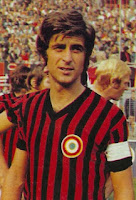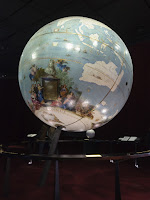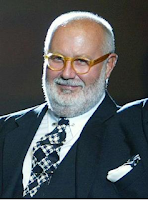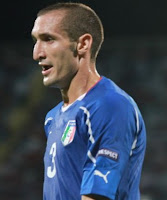Antonio Salieri - composer
Maestro of Vienna haunted by Mozart rumours
Antonio Salieri, the Italian composer who in his later years was dogged by rumours that he had murdered Mozart, was born on this day in 1750 in Legnago, in the Veneto. Salieri was director of Italian opera for the Habsburg court in Vienna from 1774 to 1792 and German-born Mozart believed for many years that “cabals of Italians” were deliberately putting obstacles in the way of his progress, preventing him from staging his operas and blocking his path to prestigious appointments. In letters to his father, Mozart said that “the only one who counts in (the emperor’s eyes) is Salieri” and voiced his suspicions that Salieri and Lorenzo Da Ponte, the poet and librettist, were in league against him. Some years after Mozart died in 1791 at the age of just 35, with the cause of death never definitively established, it emerged that the young composer - responsible for some of music’s greatest symphonies, concertos and operas - had told friends in the final weeks of his life that he feared he had been poisoned and suspected again that his Italian rivals were behind it. Salieri was immediately the prime suspect. Read more…
_________________________________________________________________
Gianni Rivera - footballer and politician
Milan legend served in the Italian Parliament and as MEP
Gianni Rivera, a footballer regarded as one of Italy's all-time greats, was born on this day in 1943 in Alessandria, a city in Piedmont some 90km east of Turin and a similar distance south-west of Milan. Rivera played for 19 years for AC Milan, winning an array of trophies that included the Italian championship three times, the Italian Cup four times, two European Cup-Winners' Cups and two European Cups. He won 63 caps for the Italian national team, playing in four World Cups, including the 1970 tournament in Mexico, when Italy reached the final. Later in life, he entered politics, sitting in the Chamber of Deputies of the Italian Parliament from 1987 to 2001 and serving as a Member of the European Parliament from 2005 to 2009. Rivera had a tough upbringing in Alessandria, which suffered heavy bombing during the later stages of the Second World War, with hundreds of residents killed. His family were not wealthy but Rivera found distraction playing football with his friends in the street and it was obvious at an early age that he had talent. His father, a railway mechanic, arranged for him to have a trial with the local football club when he was 13 and he was quickly taken on as a youth team player. Read more...
_________________________________________________________________
Umberto Guidoni - astronaut
First European to step on to the International Space Station
The astronaut Umberto Guidoni, who spent almost 28 days in space on two NASA space shuttle missions, was born on this day in 1954 in Rome. In April 2001, on the second of those missions, he became the first European astronaut to go on board the International Space Station (SSI). After retiring as an active astronaut in 2004, Guidoni began a career in politics and was elected to the European Parliament as a member for Central Italy. Although born in Rome, Guidoni’s family roots are in Acuto, a small hilltown about 80km (50 miles) southeast of the capital, in the area near Frosinone in Lazio known as Ciociaria. Interested in science and space from a young age, Guidoni attended the Gaio Lucilio lyceum in the San Lorenzo district before graduating with honours in physics specializing in astrophysics at the Sapienza University of Rome in 1978, obtaining a scholarship from the National Committee for Nuclear Energy, based outside Rome in Frascati. He worked in the Italian Space Agency as well as in the European Space Agency. One of his research projects was the Tethered Satellite System, which was part of the payload of the STS-46 space shuttle mission. Read more…
Home























